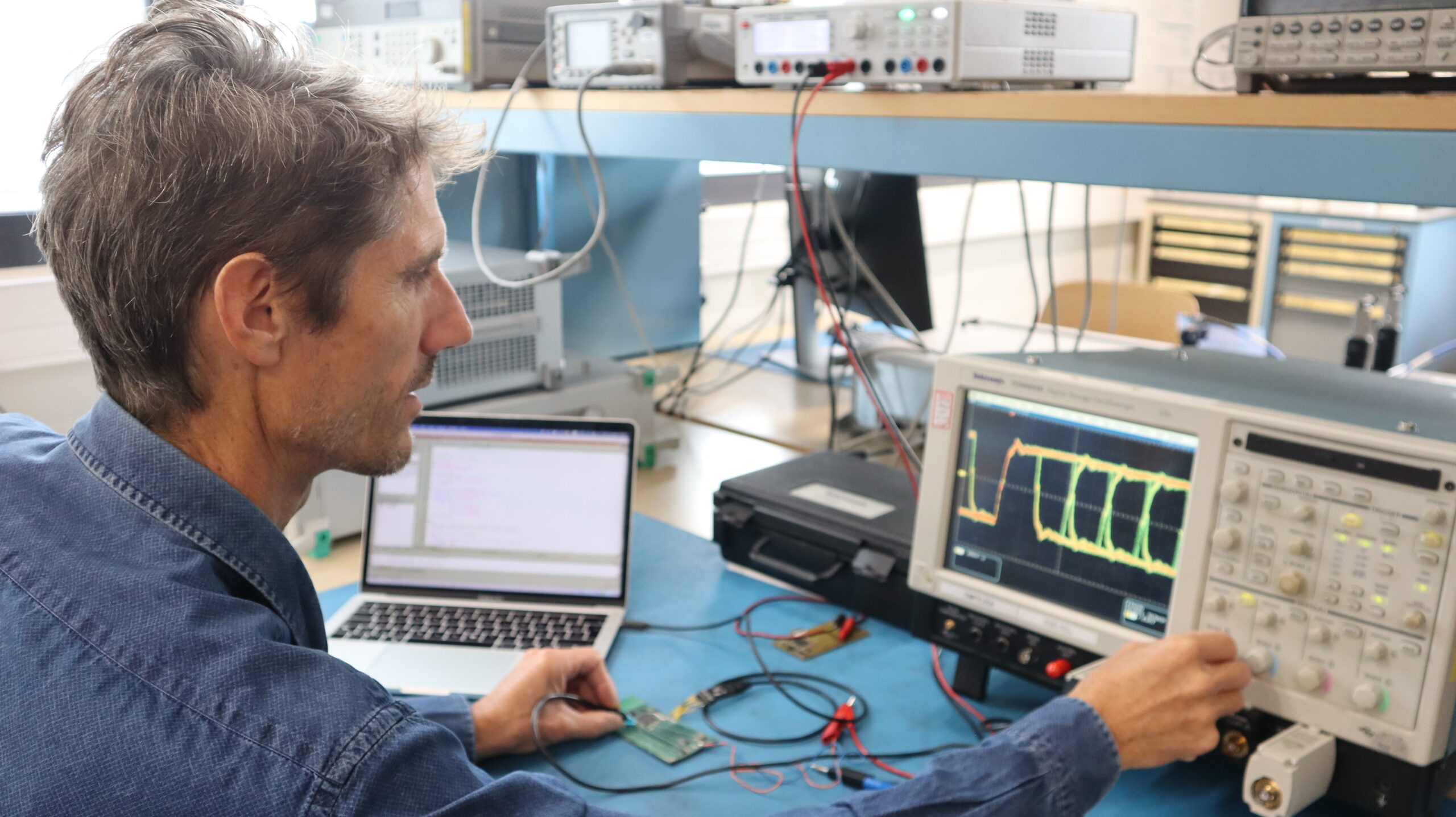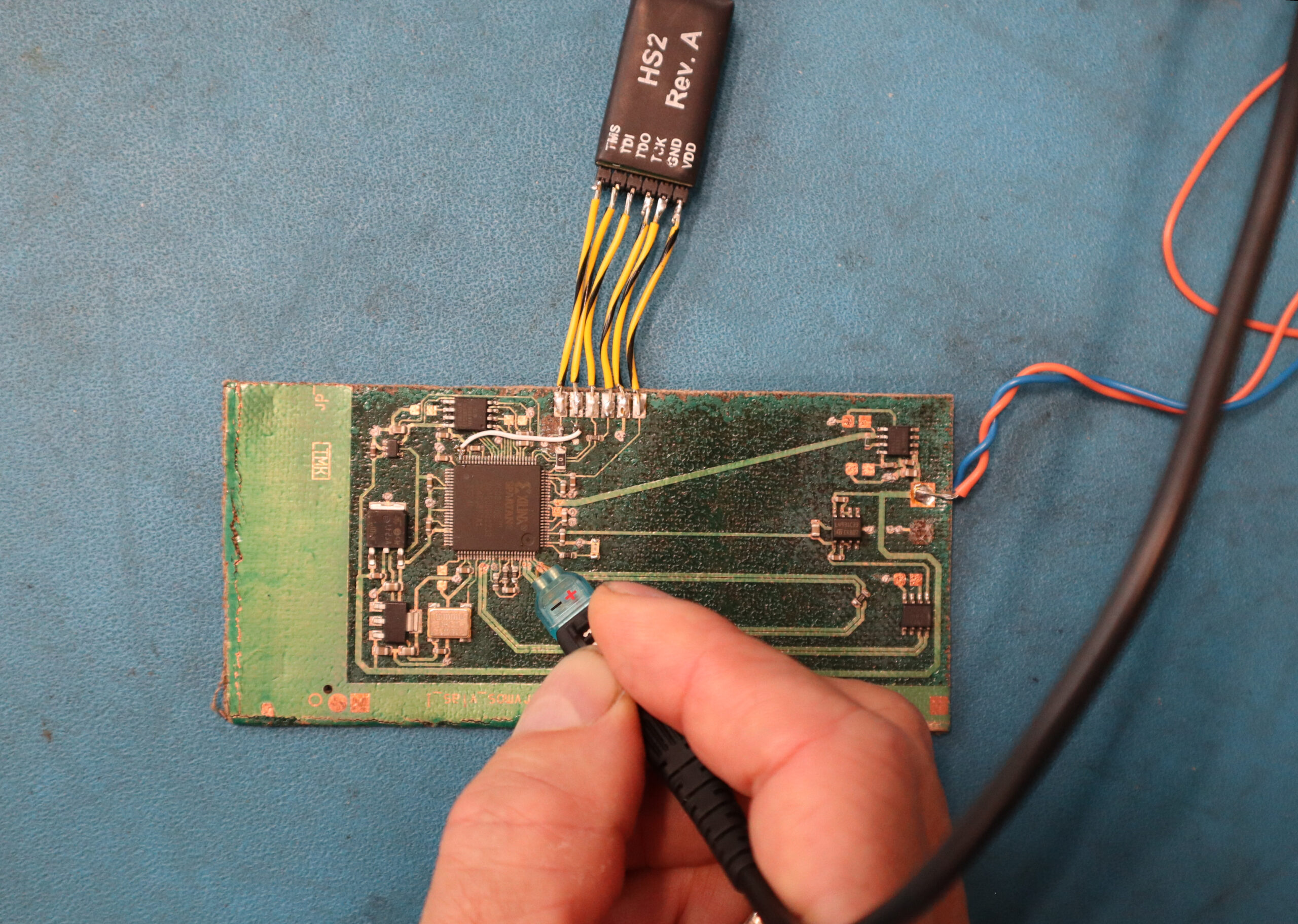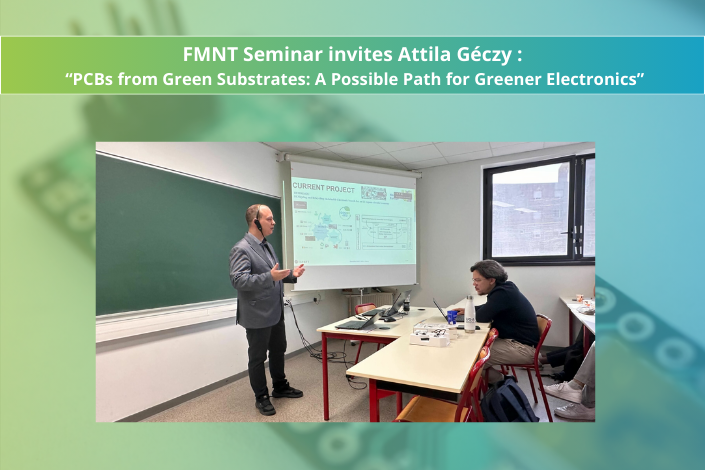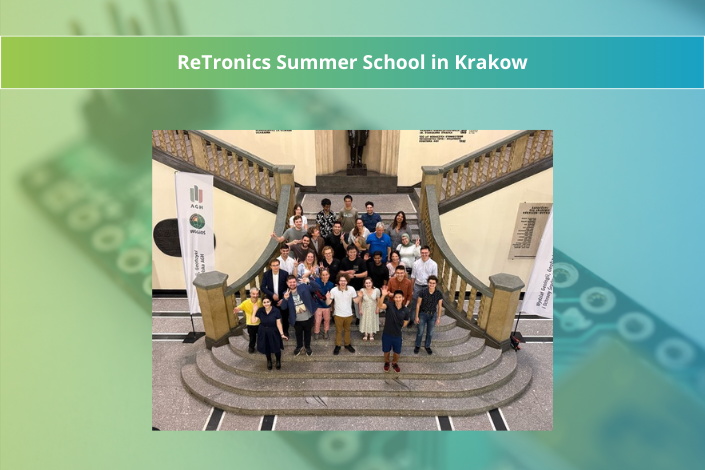Revolutionizing Electronics: Vincent Grennerat’s Commitment to a Sustainable Future
Revolutionizing Electronics: Vincent Grennerat’s Commitment to a Sustainable Future
In an era where technological advancement often conflicts with environmental sustainability, the work of researchers like Vincent Grennerat stands out as a pillar of innovation. A dedicated educator and a visionary scientist, Vincent Grennerat is at the forefront of efforts to revolutionize the electronics industry, particularly through his impactful contributions to the DESIRE4EU project. His research focuses on a critical challenge: enhancing the circularity of electronics to mitigate the escalating problem of Waste Electrical and Electronic Equipment (WEEE) and address the pressing issue of resource scarcity. This article delves into his academic journey, his specific research within DESIRE4EU, the broader impact of his work on energy and sustainable transitions, and how interdisciplinary collaboration is shaping his innovative findings.
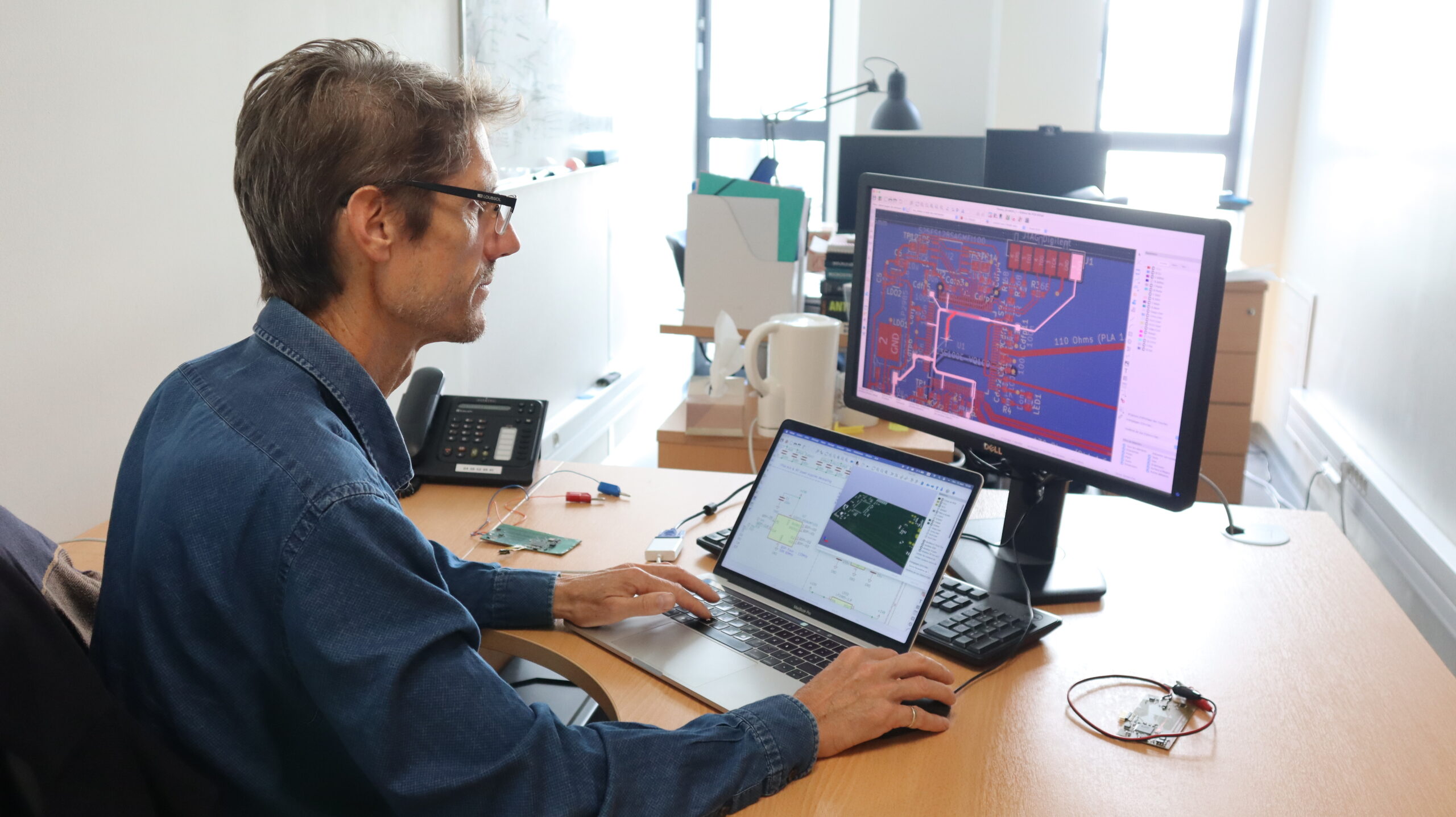
Decades of Expertise: Vincent Grennerat’s Path to Circular Electronics
Before embarking on his PhD, Vincent Grennerat dedicated two decades to teaching at the Institute of Technology of Grenoble-Alpes University (UGA). His experience spans bachelor’s and master’s degrees, with a primary focus on embedded systems, particularly digital electronics and real-time systems. His engineering prowess led him to design several PCB assemblies for diverse digital applications, ranging from consumer electronics to the highly demanding aerospace sector, notably through his involvement within the Grenoble University Space Center (CSUG).
In 2022, Vincent Grennerat started his part-time PhD, balancing it with his ongoing academic commitments at Grenoble INP and UGA. His doctoral research aims at enhancing the circularity of electronics in order to drastically reduce the current and upcoming volume of Waste Electrical and Electronic Equipment (WEEE), while simultaneously confronting the critical challenge of resource scarcity.
His research activities are mainly conducted at the CROMA laboratory (DHREAMS team) and the G2Elab (Power Electronics team).
“Vincent’s research focuses on a critical challenge: enhancing the circularity of electronics to mitigate the escalating problem of Waste Electrical and Electronic Equipment (WEEE) and address the pressing issue of resource scarcity.”
DESIRE4EU: Vincent Grennerat Reimagines PCB Design
Within the DESIRE4EU project, Vincent Grennerat’s research is focused on PCB design rules. The design of PCBs follows some common engineering design rules mainly driven by IPC standards, voltage and current capabilities, EMC and thermal constraints, reliability, alongside economic considerations. From an eco-design perspective, Vincent Grennerat is exploring new design rules for PCBs in order to reduce their overall ecological impacts throughout their entire life cycle, from cradle to grave. At the PCB scale, this involves a significant reduction of copper usage in the different layers of the PCB. This means actively seeking alternative solutions to decrease the number of copper layers and minimize the amount of copper in each layer, in some kind of “just enough material” approach.
This innovative perspective often creates conflicts with traditional rules of thumb of PCB designers and is potentially necessitating the development of new assistant tools to be included in common PCB CAD tools.
Another aspect of his work is related to the use of bio-sourced materials, a key area of exploration within the DESIRE4EU project. While these substrates are designed to be compatible with standard PCB industry tooling, some adaptations to existing design rules could be necessary to fully take advantage of these new materials properties.
So far, Vincent Grennerat has successfully developed various demonstrators, including an FPGA board, patch antennas, and a photovoltaic inverter to explore new or adapted design rules. These demonstrators allow him to proceed to the evaluation of the performance of the design (signal integrity, electromagnetic compatibility – EMC-, efficiency, thermal dissipation, etc.) and to validate or invalidate rules.
Towards a Sustainable Energy Future: The Influence of Vincent Grennerat’s Research
While some of Vincent Grennerat’s activities within the power electronics team at G2Elab are not directly related to the DESIRE4EU project, he emphasizes the critical importance of addressing PCB eco-design for power electronics applications. He highlights the fact that the 2050 net-zero carbon target implies a huge electrification of our societies, which will be driven thanks to power electronics. Analysts in the WEEE sector expect a tremendous growth in the power electronics market during the next quarter-century, of course with resources depletion and WEEE consequences.
Consequently, a key research area for Vincent Grennerat involves tackling power-electronics-specific design rules, like through-PCB cooling or layout on two-layers PCBs in compliance with EMC norms. This is conducted with a photovoltaic inverter demonstrator, which has been (re)designed on bio-sourced PCB. This work directly contributes to developing more sustainable solutions for the energy transition.
The Power of Collaboration: Vincent Grennerat’s Interdisciplinary Approach
Vincent Grennerat believes that his work would not be the same without the interdisciplinarity brought by the DESIRE4EU project. The pursuit of a more circular life cycle of the PCB took another dimension when working with UCL lifecycle specialists, IGE bio-chemists, and with Meshlin composite manufacturer: the search for new design rules is now also constrained by the copper life cycle, the end-of-life bio-leaching process, the composite properties, etc. Furthermore, Vincent Grennerat thinks that the outcomes of his work will be significantly shaped by the industrial and economic environment brought into the project by Arduino (digital board designs) and by the expertise of Alba PCB in PCB large scale manufacturing.

